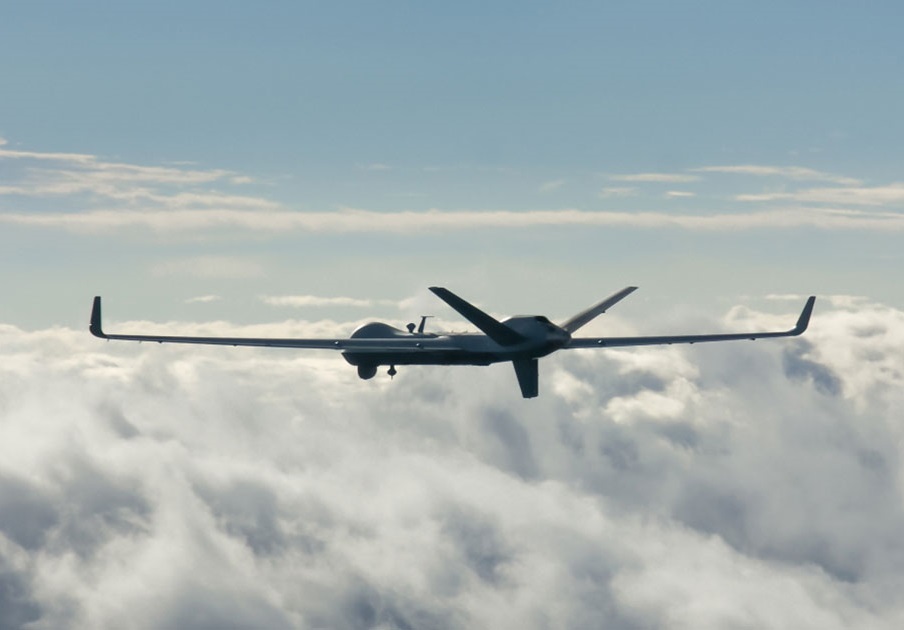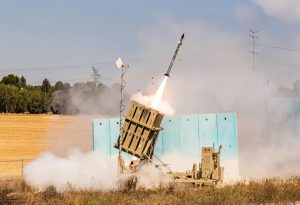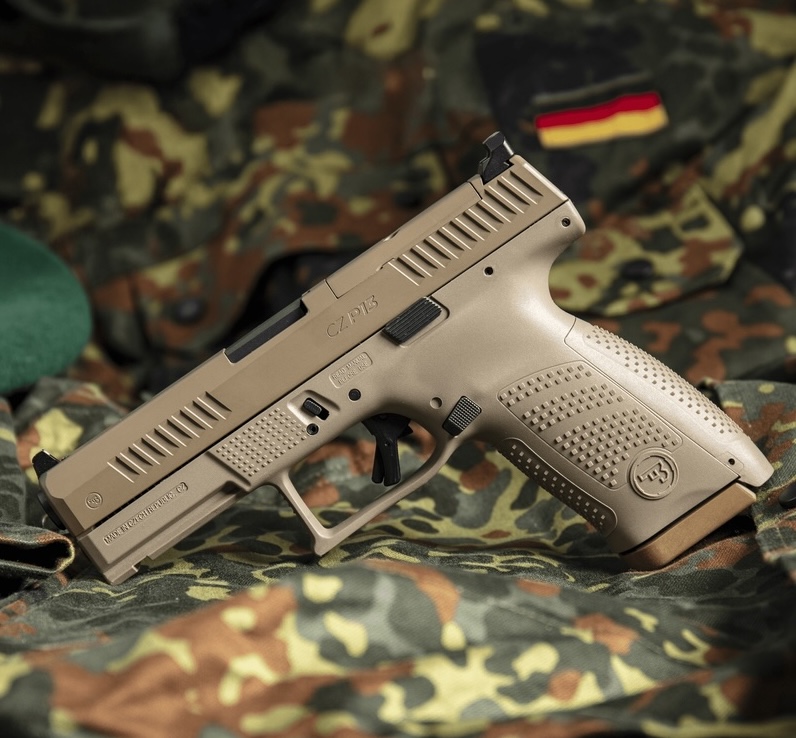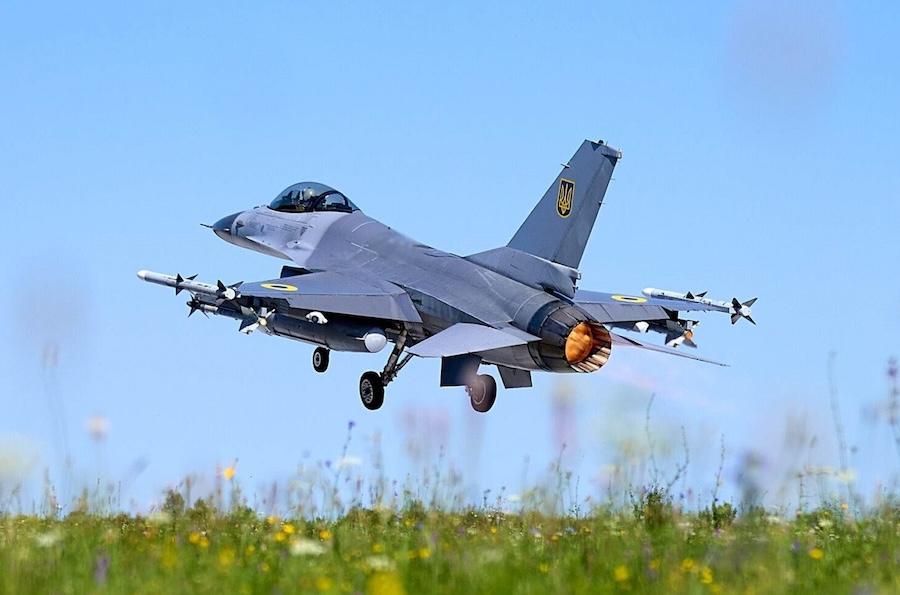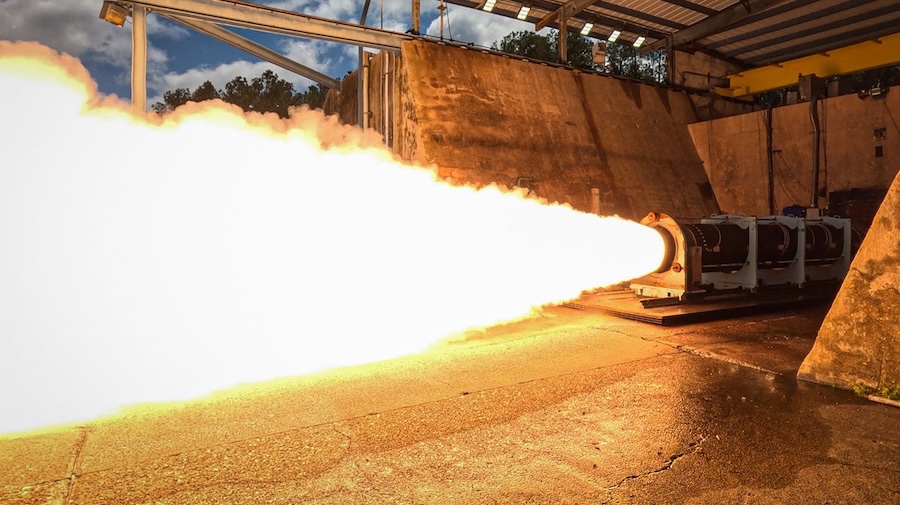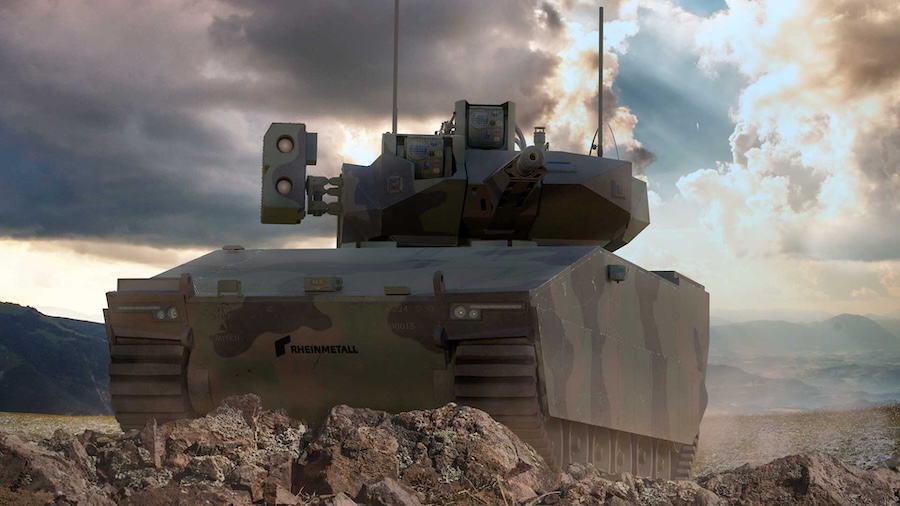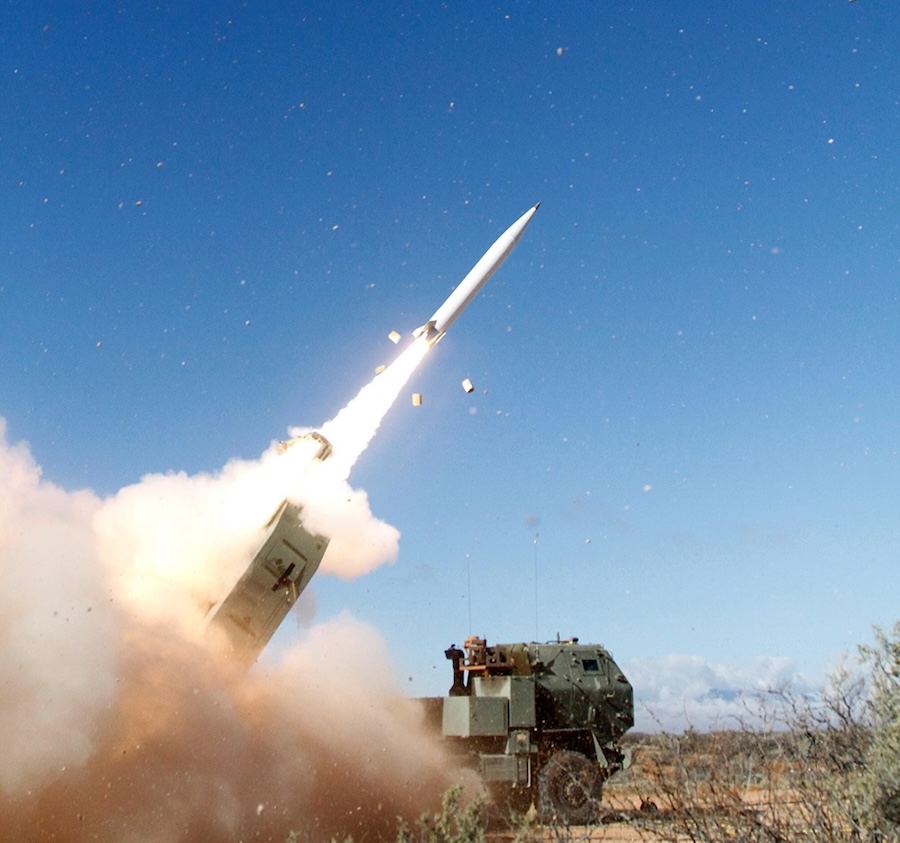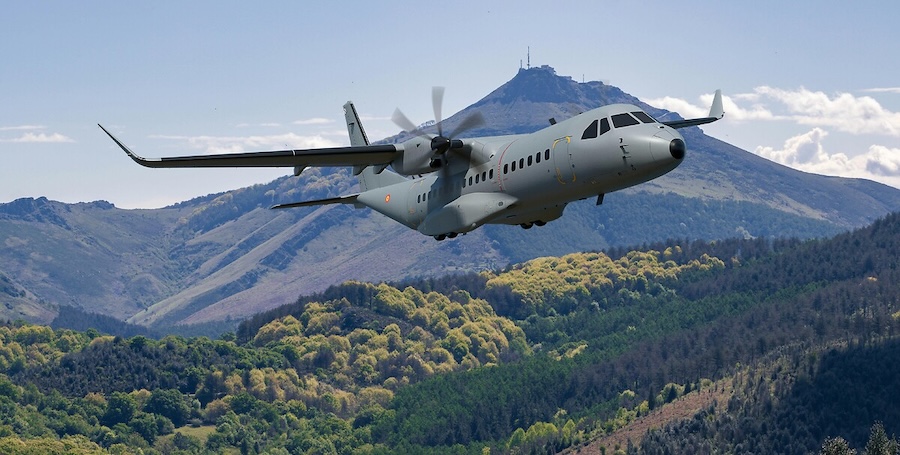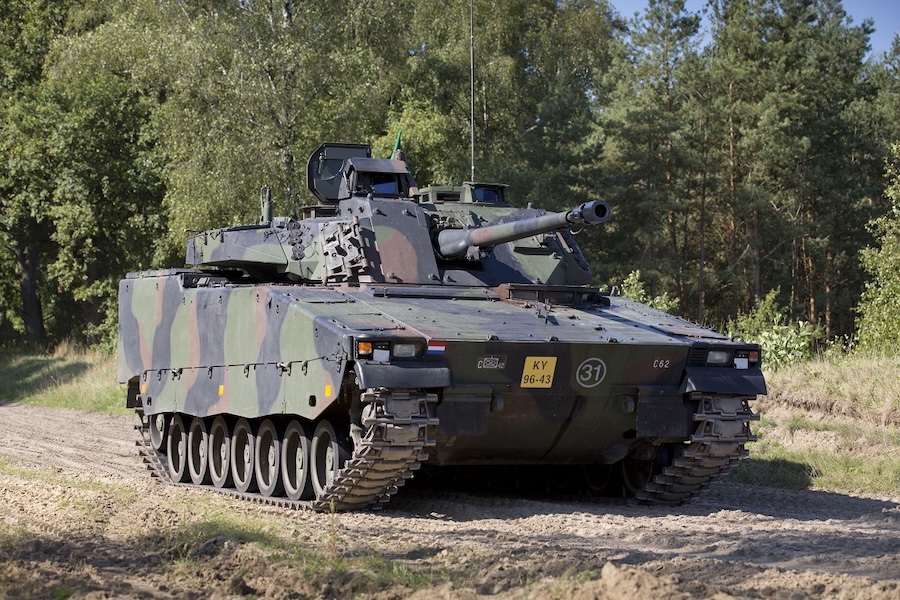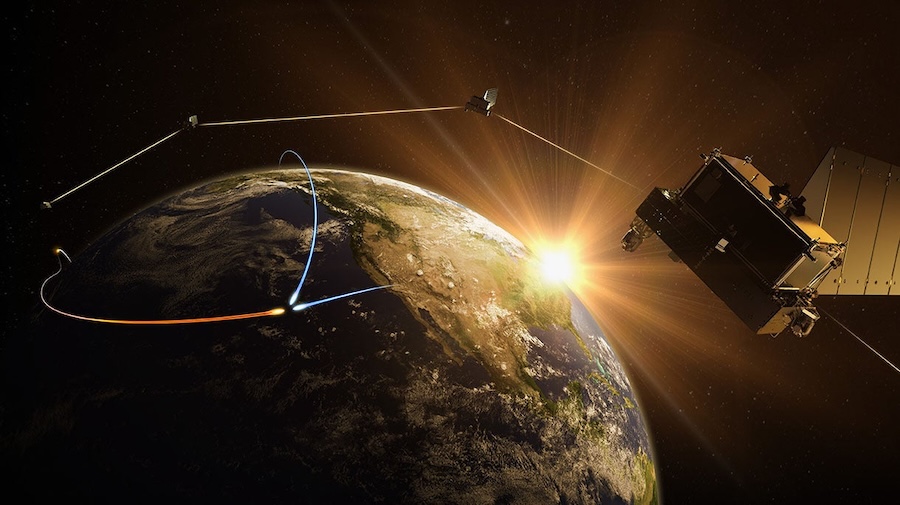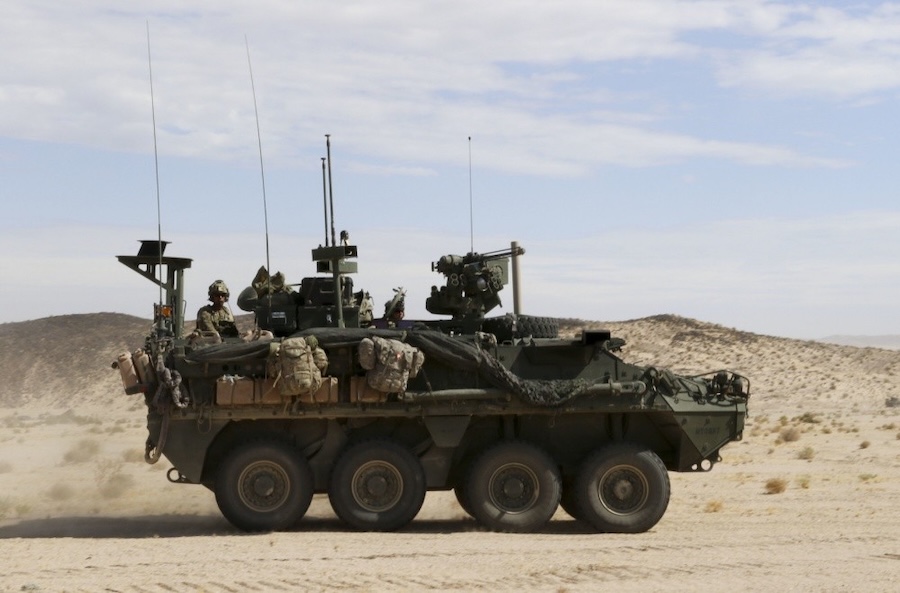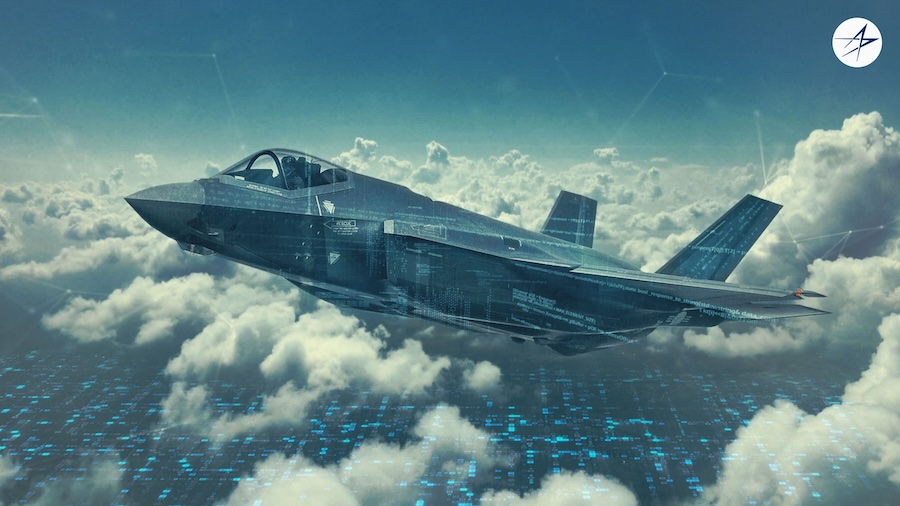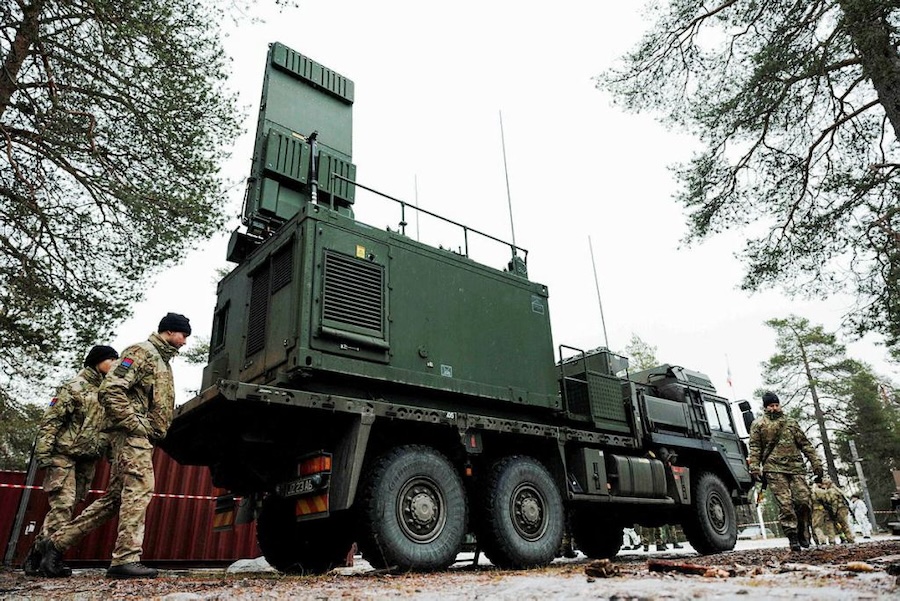The exercises demonstrated the MQ-9A’s advanced capabilities, including the use of the SkyTower networking support pod, Automatic Identification System, and the latest-generation Lynx multi-mode radar. The joint Marine and GA-ASI teams also operated various tactical networks, showcasing the aircraft’s ability to support modern combat requirements.
Flight operations included satellite launch and recovery at a strategic expeditionary landing field near Marine Corps Air Ground Combat Center Twentynine Palms, California. This process allows mission crews to launch and fly the aircraft entirely via satellite link, removing the need for a crew at the take-off location and increasing operational flexibility.
This advancement represents a significant evolution from previous procedures that required line-of-sight radio links for aircraft take-off. The new method provides greater adaptability and enables operations from a wider range of locations.
The training exercises also featured live-fire missions, detailed mission planning, and coordinated communications across multiple domains. These scenarios offered critical experience in deploying the MQ-9A within complex combat situations and furthered its integration across MAGTF operations.
The MQ-9A proved effective in supporting manoeuvre elements with real-time intelligence, surveillance and reconnaissance, while also validating command and control networks. The platform consistently demonstrated its versatility and value in enhancing battlefield awareness and mission execution.
“Reaching 1,000 flight hours for these rigorous training exercises alongside our Marine Corps and Air Force partners is a testament to the reliability and adaptability of the MQ-9A platform,” said GA-ASI President David R. Alexander. “This achievement highlights the power of collaboration and the critical role the MQ-9A can play in supporting the MAGTF’s mission readiness.”
The platform’s integration in recent operations marks a key step in aligning its capabilities with the MAGTF’s expeditionary focus. These developments illustrate the MQ-9A’s ability to extend sensor coverage and provide persistent surveillance in support of distributed missions.
GA-ASI has delivered 17 MQ-9A unmanned aircraft systems to the U.S. Marine Corps to date. A further three aircraft are expected to be delivered by the end of the year.



